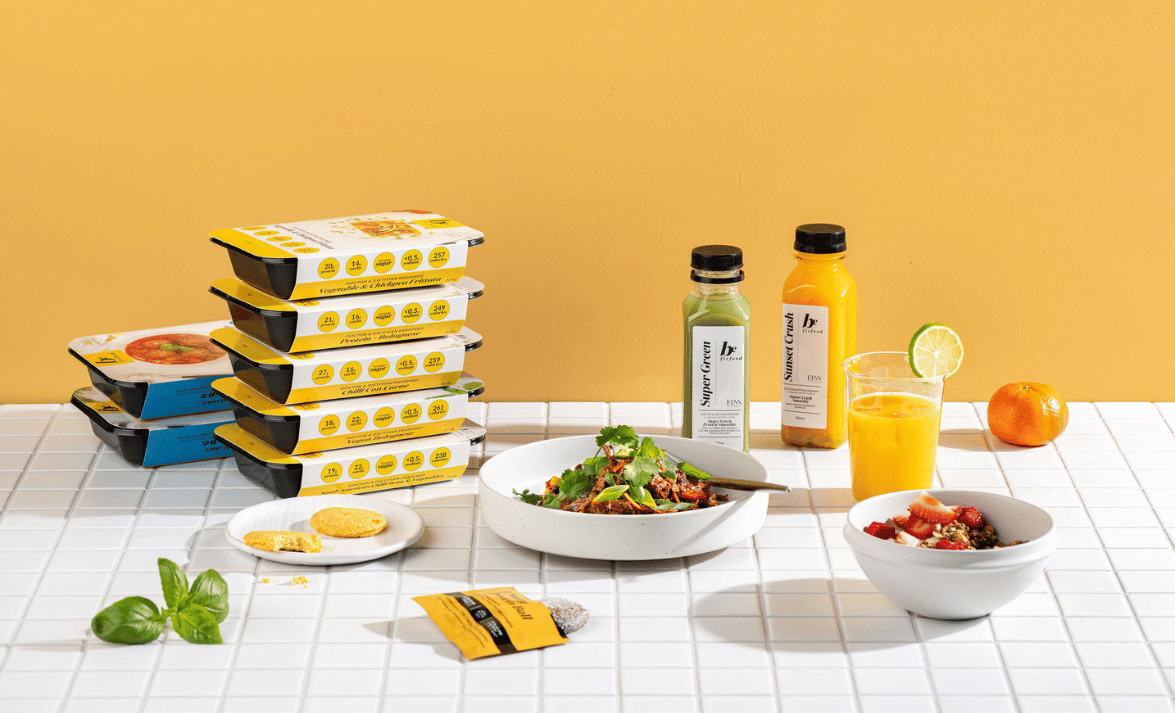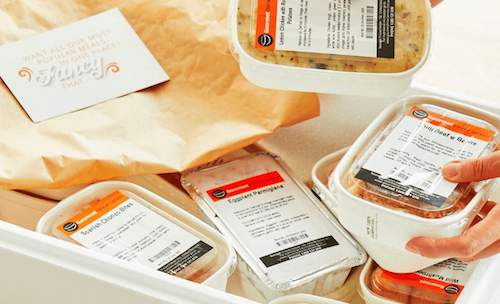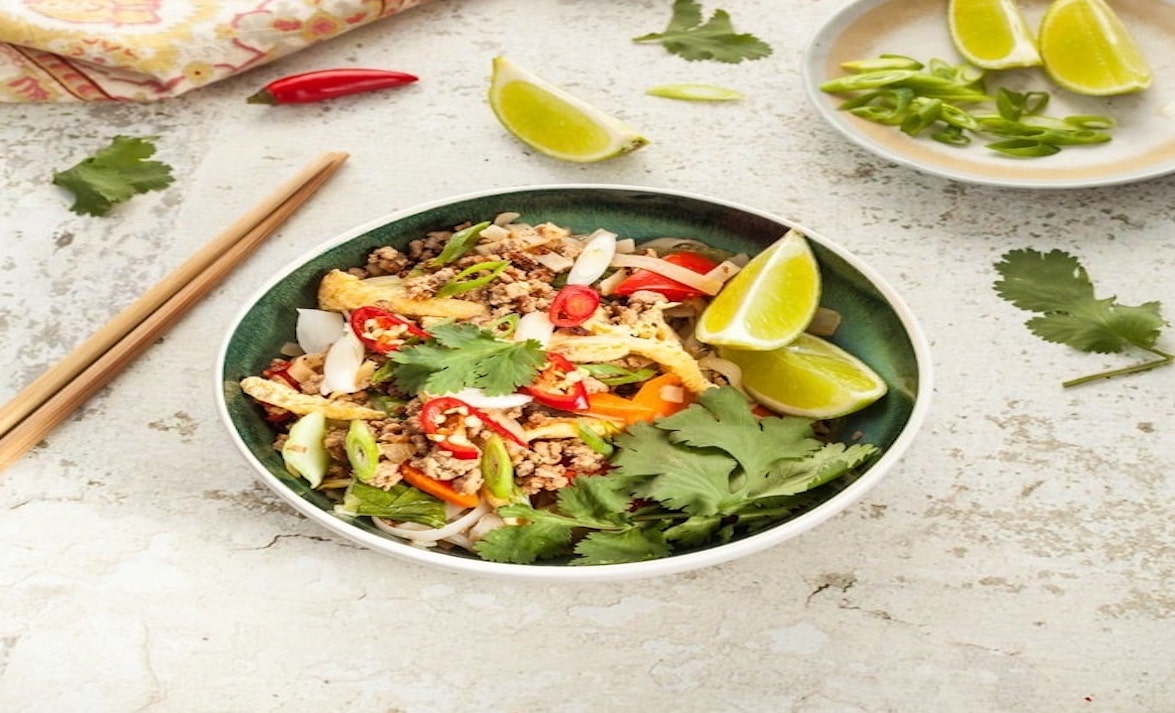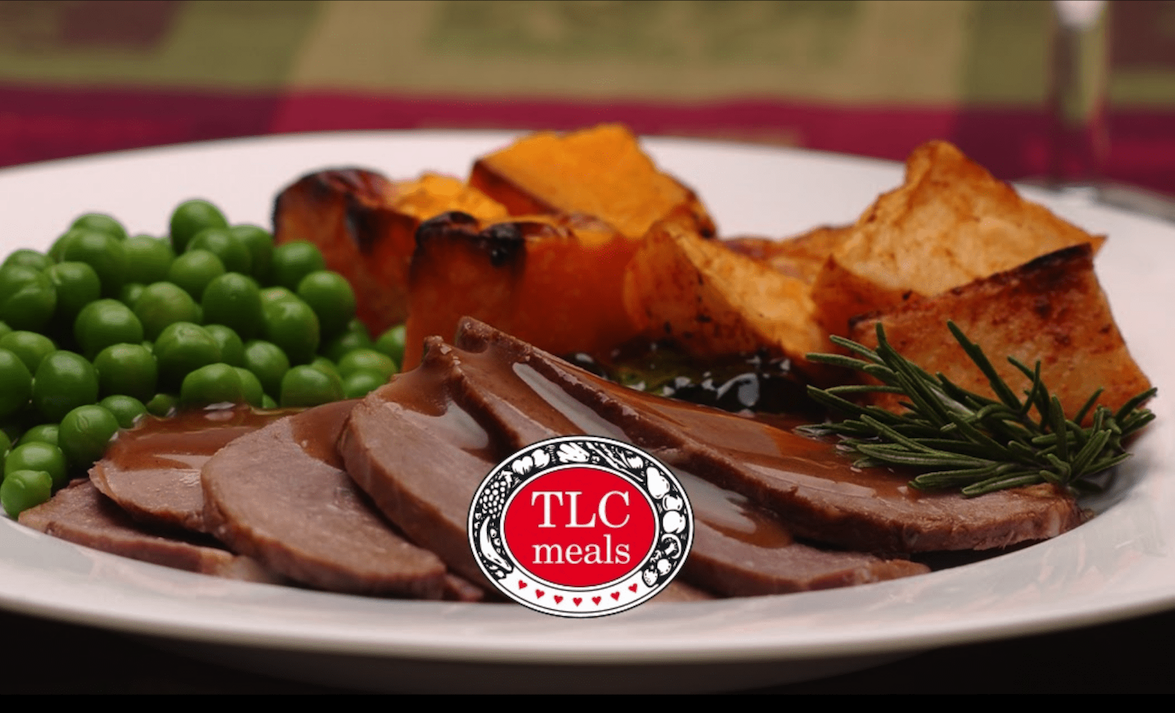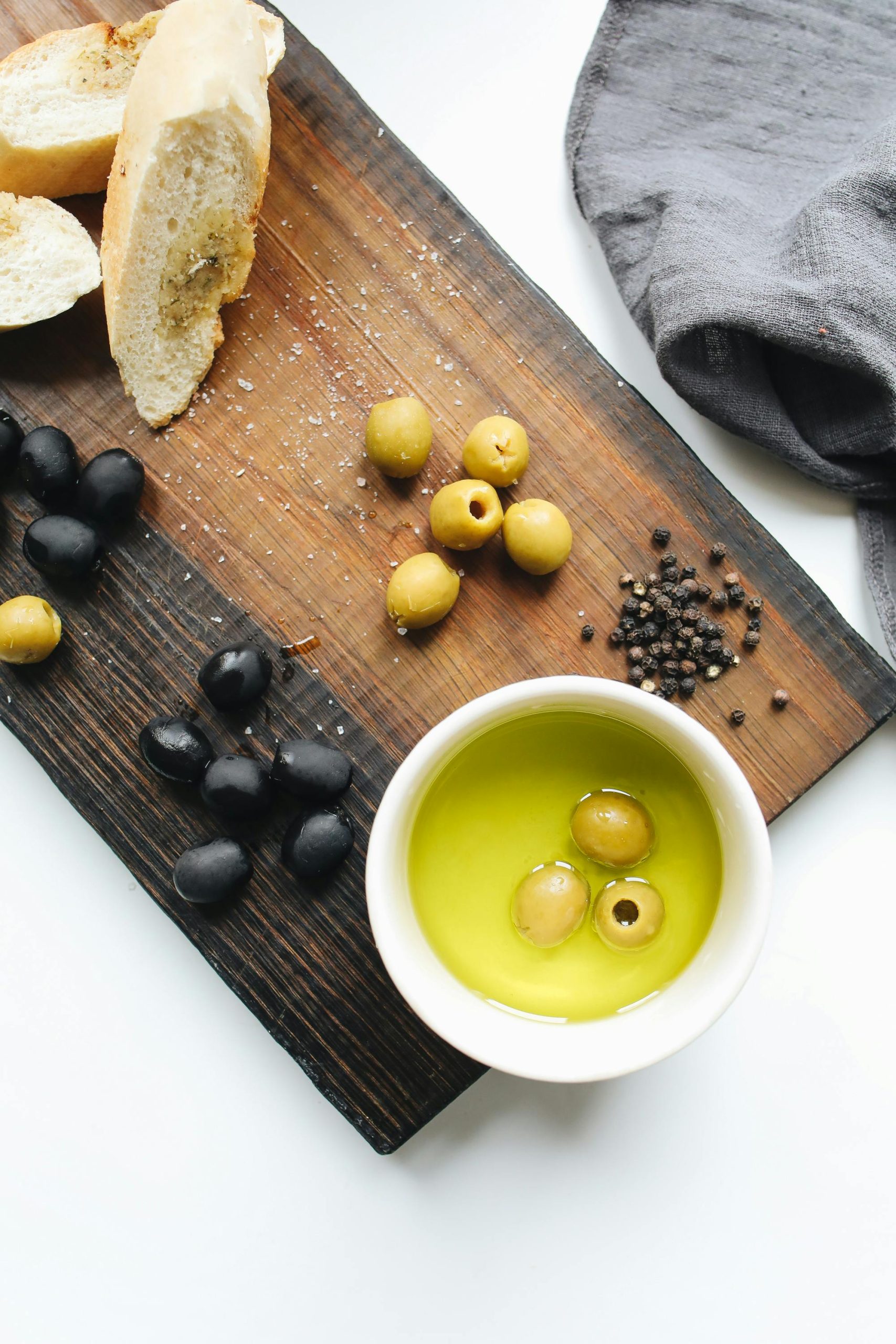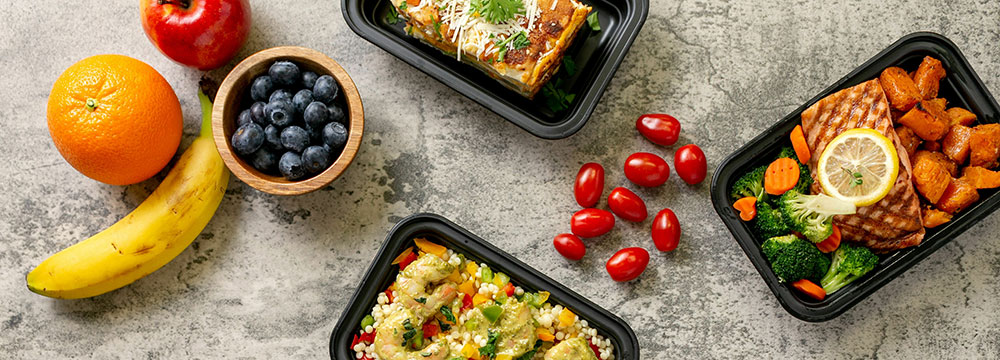- Meal Delivery
Shop by Category
TOP PROVIDERS
POPULAR SEARCHES
Meal Finder Tool
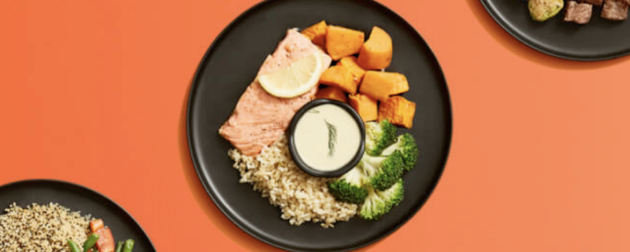
Use our meal finder quiz to find the best meal delivery service for you.
- Vitamin & Supplements
- Deals
- About
- Blog
Low Salt Meals
Low Salt Meals
There are many reasons why a low-salt diet may be of interest or need, from specific health conditions to just wanting to make a conscious dietary effort to lower consumption.
We have gathered and compared the best low-salt meal delivery options in Australia for you to choose the right food choices for you and your family.
Get personalised meal recommendations
Compare Low Salt Meals
Advertiser Discolure Advertiser Discolure$30 off first purchase! Get Deal
Be Fit Food offers scientifically formulated, dietitian-approved meals that are naturally low in sodium, making them a suitable option for …
NSW, VIC, ACT, QLD, NT, SA, WA, TAS
$8.30/serve
$30 off your first order Get Deal
Gourmet Dinner Service provides chef-prepared, frozen meals with a focus on quality and convenience. Their low salt meal options are …
NSW, VIC, ACT, QLD
$7.50/serve
Gourmet meals are created following the Australian Guidelines for Healthy Eating and the Food Standards Australia and New Zealand. They …
NSW, VIC, ACT, QLD, NT, SA, WA, TAS
$10.55/serve
Tender Loving Cuisine offers a variety of prepared meals by in-house nutritionists and caters to dietary requirements such as weight …
NSW, VIC, ACT, QLD
$5.30/serve
$30 off your first order! Get Deal
Dietlicious is a flexible meal service that offers a variety of low salt, ready to eat meals with no contracts …
NSW, VIC, ACT, QLD
$11/serve

